Spider Life Cycle Worksheet
Are you fascinated by spiders and their life cycle? If so, you're in the right place! This blog post will introduce you to a spider life cycle worksheet, which is perfect for anyone looking to learn more about these intriguing creatures. Whether you're a teacher searching for educational resources or a parent wanting to engage your child in a fun learning activity, this worksheet will provide a comprehensive overview of a spider's life cycle. Get ready to dive into the fascinating world of spiders and explore their journey from egg to adult.
Table of Images 👆
- Black Widow Spider Life Cycle
- Acrostic Spider Poem
- Blank Spider Body Parts Diagram
- Salmon Life Cycle Activity
- Bats Activity Worksheets
- Spider Labeling Worksheet
- Spider Anatomy Worksheets
- Dragonfly Life Cycle Worksheet
- Spider and Insects Printable Worksheets
- Bugs and Insects Worksheets
- Polar Bear Life Cycle Worksheet
More Other Worksheets
Kindergarten Worksheet My RoomSpanish Verb Worksheets
Cooking Vocabulary Worksheet
DNA Code Worksheet
Meiosis Worksheet Answer Key
Art Handouts and Worksheets
7 Elements of Art Worksheets
All Amendment Worksheet
Symmetry Art Worksheets
Daily Meal Planning Worksheet
What are the four stages of a spider's life cycle?
The four stages of a spider's life cycle are egg, spiderling, juvenile, and adult. The cycle starts when a female spider lays eggs, which then hatch into spiderlings. These spiderlings grow and develop into juveniles before reaching adulthood.
How do spider eggs develop and hatch?
Female spiders lay eggs in a protective sac, which varies in appearance based on the species. The eggs develop inside the sac, and the female spider often guards it to protect them until they hatch. The time it takes for the eggs to hatch varies depending on the species and environmental conditions. Once the eggs hatch, spiderlings emerge from the sac and disperse to begin their independent lives.
What is a spiderling?
A spiderling is a young spider that has recently hatched from an egg. These tiny spiders typically resemble miniature versions of adult spiders and undergo various stages of growth and development before reaching maturity.
How do spiderlings disperse from their egg sacs?
Spiderlings disperse from their egg sacs by ballooning, a process where they release silk threads and use wind currents to carry them away from the sac to new locations. This allows them to colonize new areas and reduce competition with other siblings for resources.
What do spiderlings feed on during their early stages?
Spiderlings feed on small insects, such as fruit flies, springtails, and other tiny arthropods during their early stages. These small prey items provide the necessary nutrients for the spiderlings to grow and develop into adult spiders.
How long does it take for a spiderling to molt into a juvenile spider?
The time it takes for a spiderling to molt into a juvenile spider can vary depending on the spider species. On average, it typically takes several molting cycles over a few weeks to months for a spiderling to grow into a juvenile spider. However, the exact timeframe can differ based on factors such as species, environmental conditions, and individual growth rates.
Describe the process of molting in spiders.
Molting in spiders, also known as ecdysis, is a crucial process where they shed their exoskeleton to allow growth. This process starts with the spider secreting a new, larger exoskeleton underneath the existing one. The spider then softens the old exoskeleton by absorbing water, making it easier to break. The spider finally emerges from the old exoskeleton, leaving it behind, revealing the new, larger exoskeleton underneath. The entire molting process is essential for spiders to grow, as their exoskeleton does not expand with their bodies.
How do spiders attract mates during their adult stage?
Male spiders attract mates during their adult stage by producing vibrations on their webs, pheromones, or by engaging in elaborate courtship displays. These signals help the female spiders locate potential mates and determine their suitability for mating. Some male spiders might also offer gifts, such as wrapped prey, to the female as a part of the courtship ritual.
What happens after mating in a spider's life cycle?
After mating, the female spider typically lays eggs in a silk cocoon or sac. She then protects and cares for the eggs until they hatch, at which point the spiderlings disperse and begin their own life cycle. The male spider may or may not survive after mating, as some species of male spiders have a very short lifespan compared to females.
How do spiders reach maturity and start the life cycle over again?
Spiders reach maturity through a process called molting, shedding their exoskeleton multiple times until they reach adulthood. Once mature, they mate and the female lays eggs, which she then protects until they hatch. The spiderlings then undergo multiple molts as they grow and develop into adult spiders, starting the life cycle over again.
Have something to share?
Who is Worksheeto?
At Worksheeto, we are committed to delivering an extensive and varied portfolio of superior quality worksheets, designed to address the educational demands of students, educators, and parents.

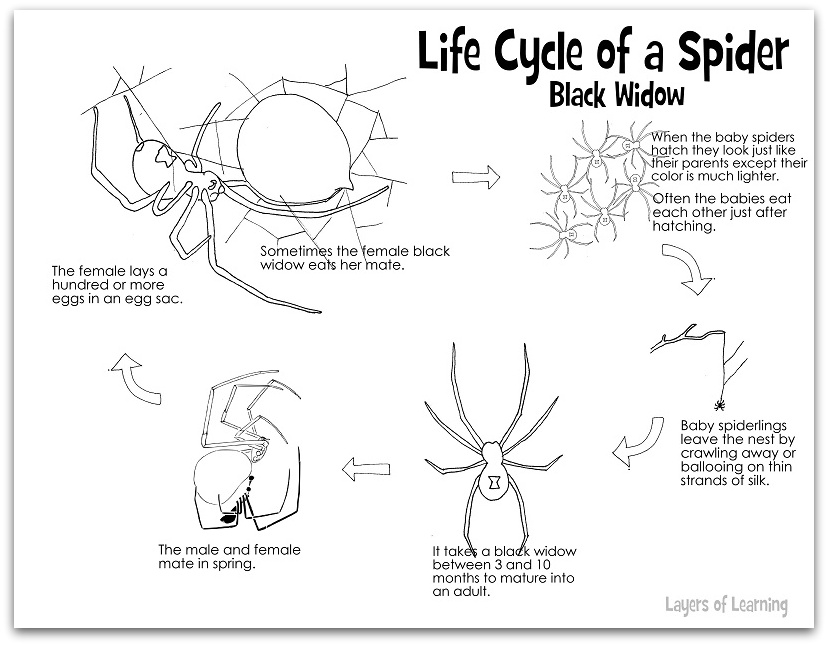



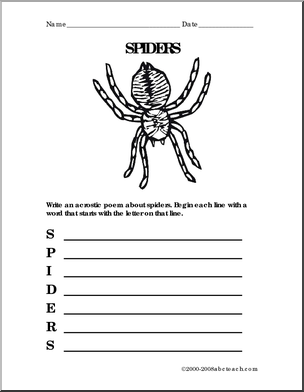
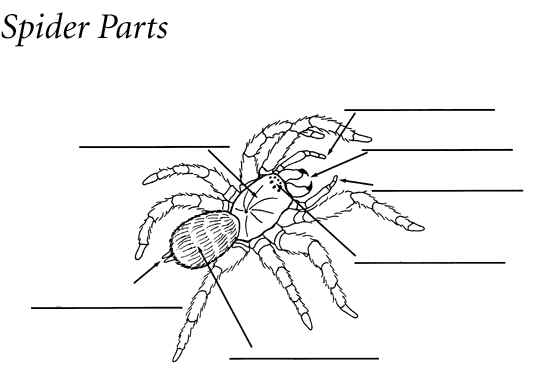
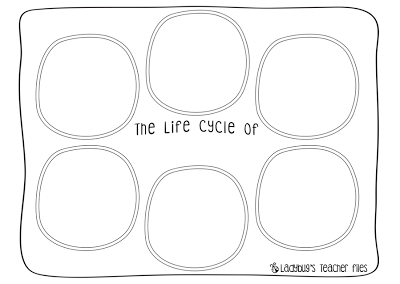
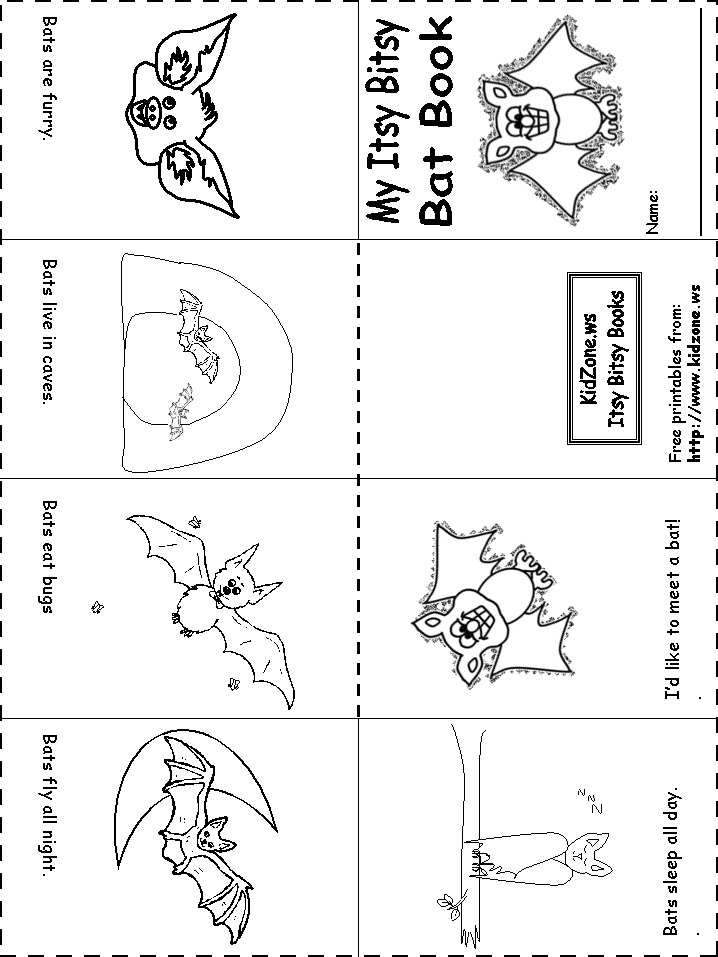
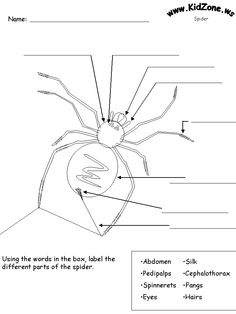
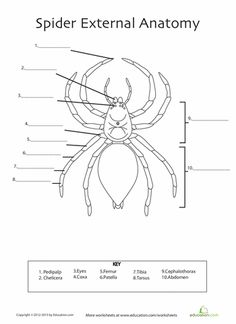
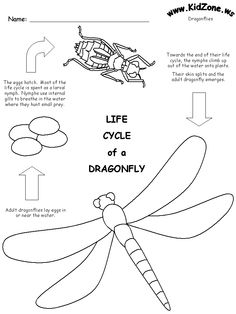
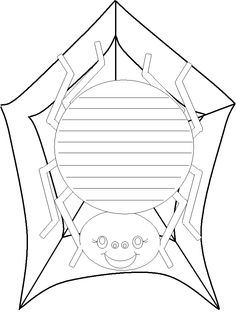
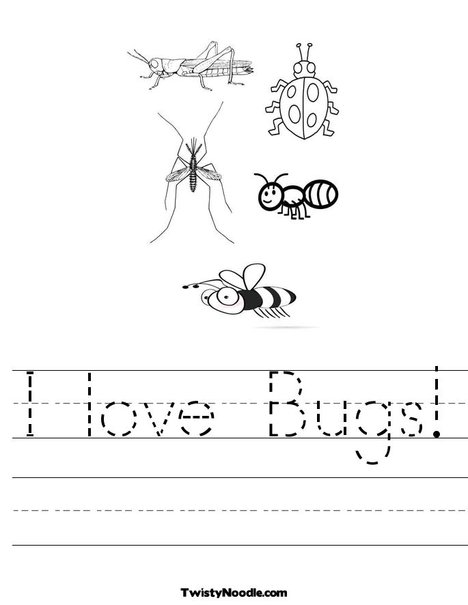
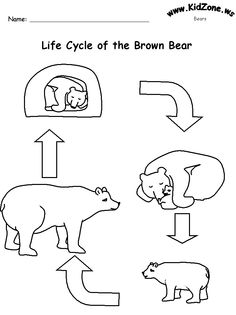














Comments